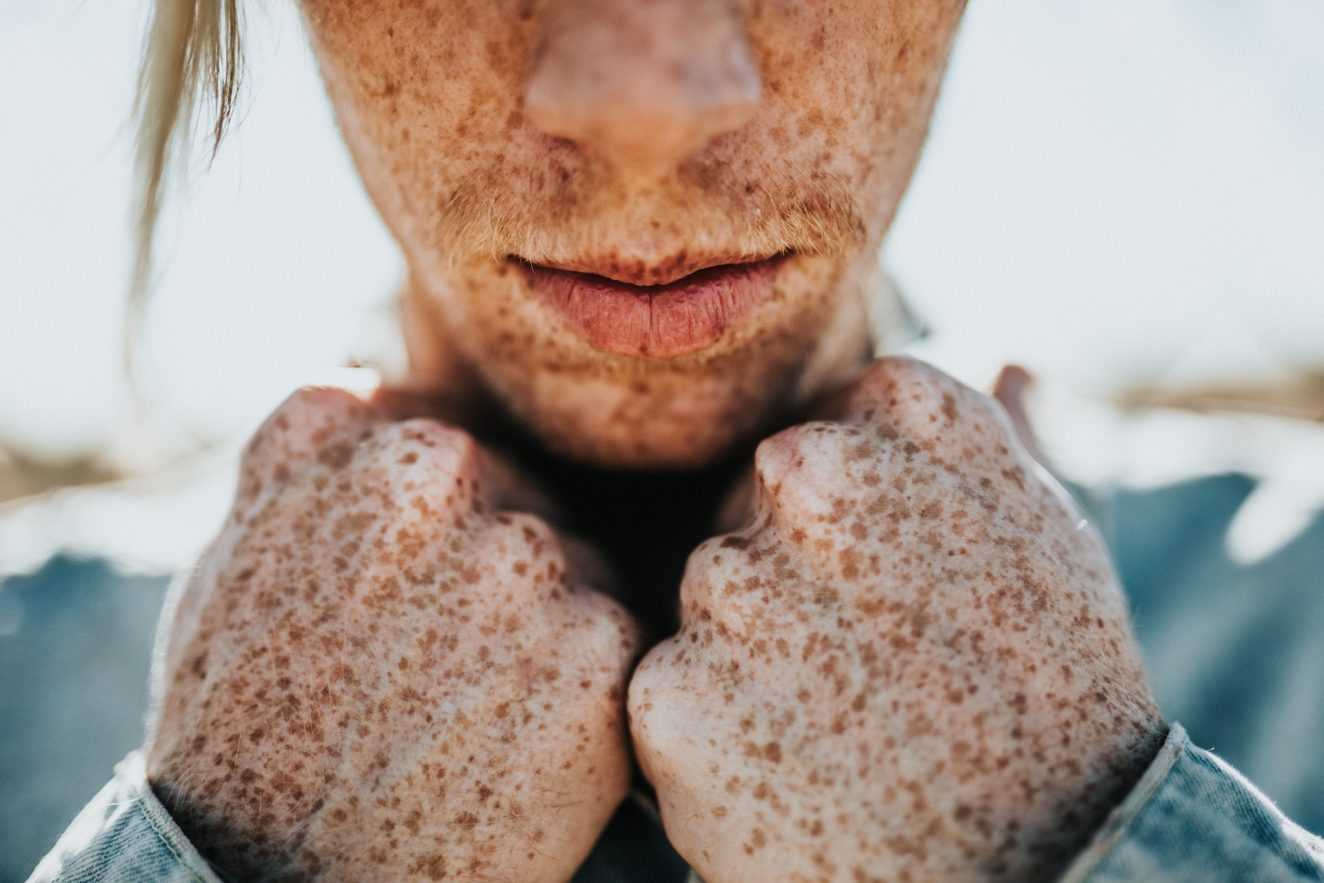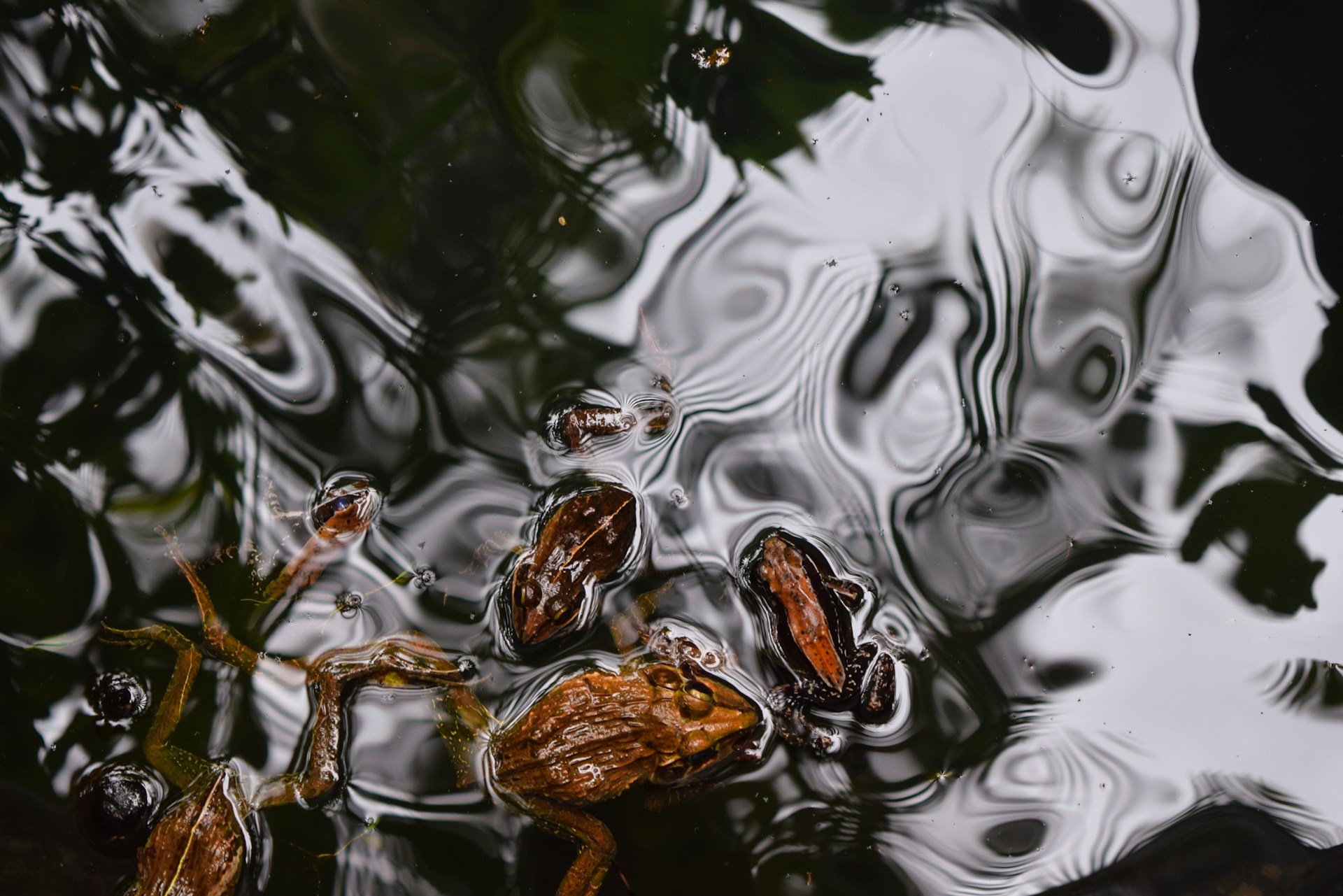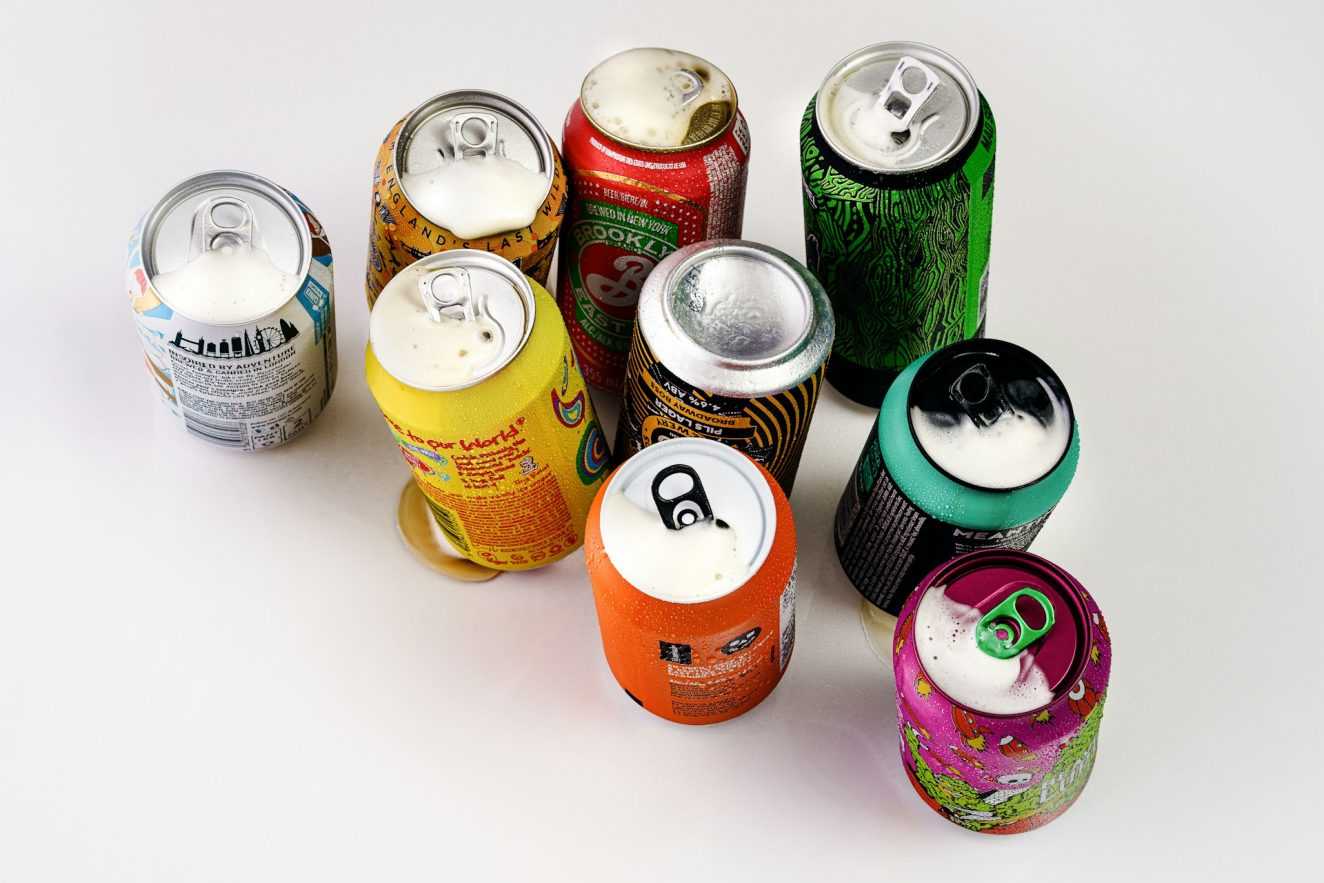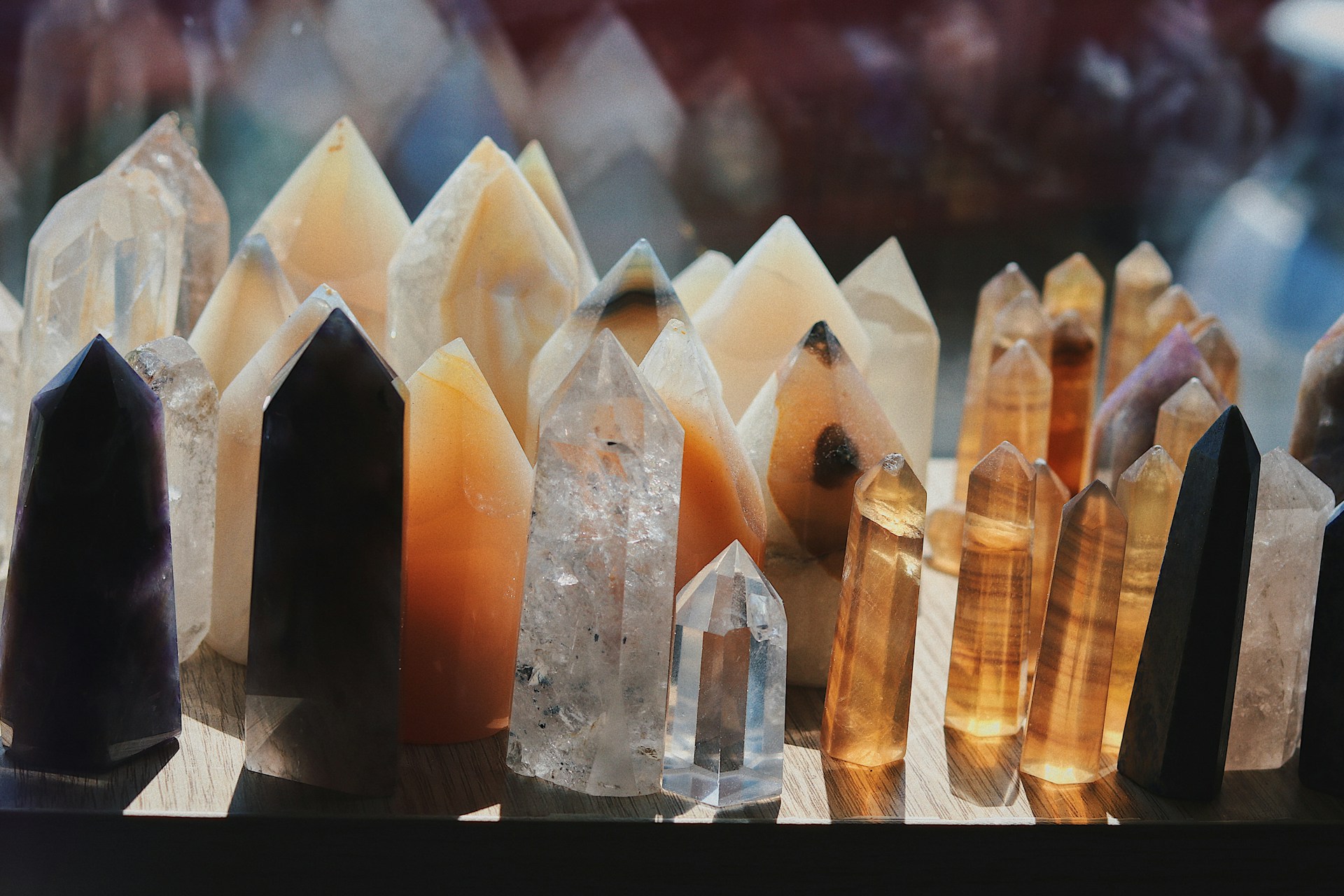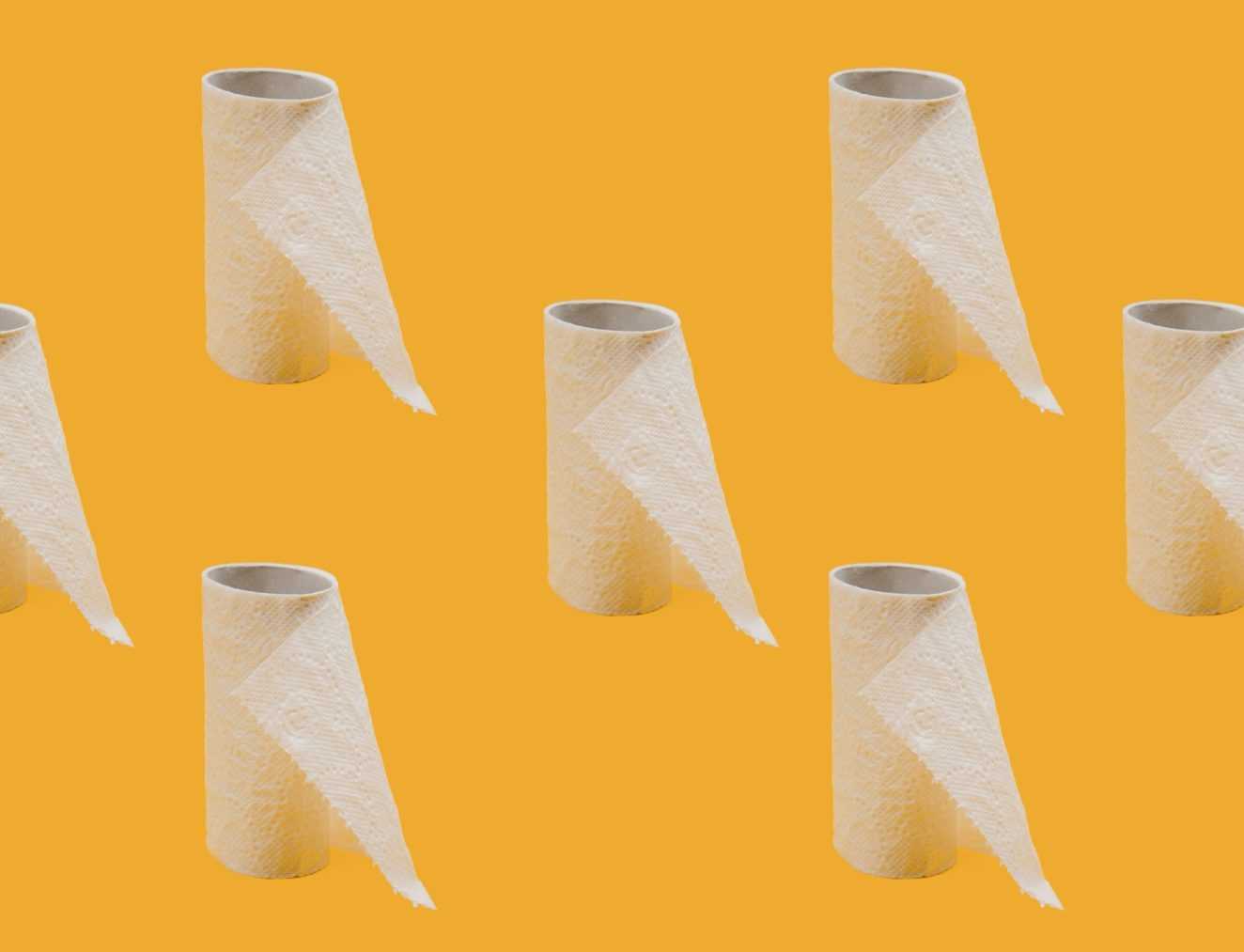Moles and freckles, those tiny marks adorning our skin, have long captured our curiosity. But what do they really mean, and are they truly signs of aging? In this blog post, we’ll embark on a journey to uncover the truths and myths surrounding these fascinating skin features. We’ll explore the enigmatic world of moles and freckles, shedding light on their significance, and revealing the intricate changes our skin undergoes as we age.
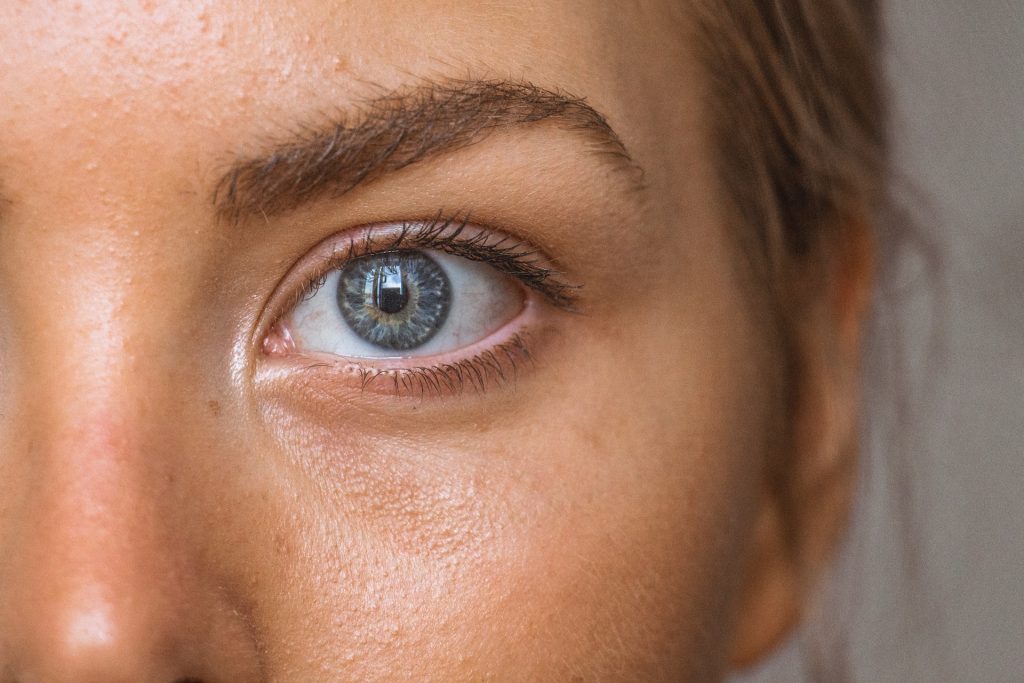
Moles and Freckles: The Polka Dots of Life
Moles and freckles are not just skin blemishes; they’re unique, often beautiful features that can tell stories about our skin’s health, genetics, and exposure to the sun.
Moles: Nature’s Beauty Marks
Moles, also known as nevi, are small, dark spots that form when a cluster of pigment cells (melanocytes) gather in one area of the skin. They can be flat or raised and vary in color from light brown to nearly black. Moles often appear during childhood or adolescence and can continue to develop throughout one’s life.
Freckles: Sun’s Kisses on Your Skin
Freckles, on the other hand, are small, flat spots that are typically lighter than moles. They are the result of an overproduction of melanin due to sun exposure. While some people have freckles from a young age, they often become more prominent with sun exposure.
The Age-Old Myth: Moles and Freckles as Signs of Aging
It’s time to debunk a popular myth: moles and freckles are not necessarily indicators of aging. While they can become more numerous over time, especially freckles due to sun exposure, they don’t directly correlate with the number of candles on your birthday cake. In fact, moles and freckles can appear at any age and have more to do with genetics, sun exposure, and hormonal changes than aging itself.
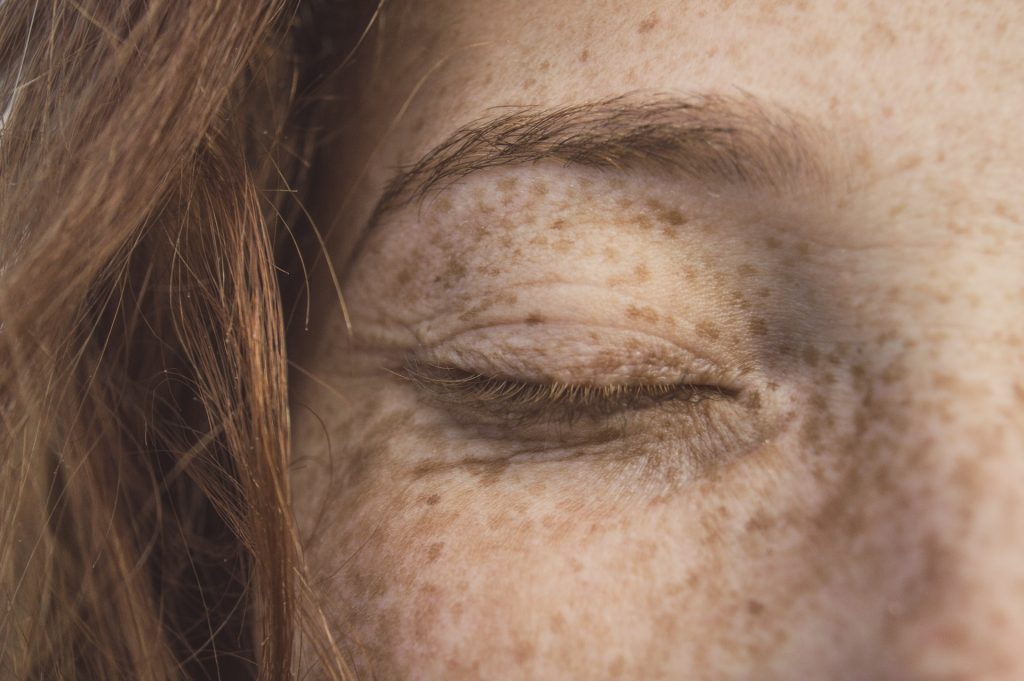
Fascinating Facts about Moles and Freckles
- Genetic Legacy: The number and type of moles you have can be influenced by genetics. If your parents or grandparents had many moles, you’re more likely to have them too.
- The ABCDE Rule: Dermatologists use the ABCDE rule to evaluate moles. It stands for Asymmetry, Border irregularity, Color variation, Diameter (greater than 6mm), and Evolution (changes in size, shape, or color).
- Beauty Marks: Historical Significance: Moles, particularly facial moles, have been considered beauty marks throughout history. Marilyn Monroe and Cindy Crawford, for instance, are known for their iconic beauty marks.
- Sun-Kissed Freckles: Freckles are often seen in people with fair skin, as they have less melanin to protect against UV rays. Sun exposure can lead to an increase in the number and intensity of freckles.
- Freckles Fade with Age: While freckles may appear darker during the summer months, they often fade in intensity with age, especially if sun exposure decreases.
- Skin Aging: A Natural Process: While moles and freckles themselves may not be signs of aging, our skin undergoes changes as we grow older. Collagen and elastin production decrease, leading to wrinkles and sagging. Skin may also become thinner and more prone to damage.
Sun Exposure and the Impact on Moles and Freckles
One of the most significant factors influencing the development and evolution of moles and freckles is sun exposure. Excessive and unprotected exposure to UV rays can lead to an increase in the number and intensity of freckles and can also raise the risk of malignant changes in moles.
Here are some essential tips to protect your skin from harmful UV rays:
- Wear Sunscreen: Apply a broad-spectrum sunscreen with SPF 30 or higher, even on cloudy days.
- Seek Shade: Stay in the shade, especially during peak sunlight hours, which are usually from 10 a.m. to 4 p.m.
- Wear Protective Clothing: Opt for long sleeves, pants, wide-brimmed hats, and sunglasses to shield your skin and eyes.
- Avoid Tanning Beds: Artificial tanning beds emit harmful UV radiation and should be avoided.
- Regular Skin Checks: Keep an eye on your moles and freckles, and consult a dermatologist if you notice any changes.
The Wisdom of Aging Skin
As we age, our skin naturally undergoes a variety of changes. Here’s what you can expect:
- Wrinkles: Reduced collagen and elastin production lead to the formation of wrinkles. Fine lines become more apparent, especially in areas exposed to the sun.
- Age Spots: Age spots, also known as liver spots or sunspots, can appear on the hands, face, and other sun-exposed areas.
- Dryness: Skin tends to become drier with age due to a decrease in oil production.
- Thinning Skin: The skin becomes thinner, making it more fragile and prone to injury.
- Slower Healing: As we age, the skin’s ability to repair itself slows down, making wounds and cuts take longer to heal.
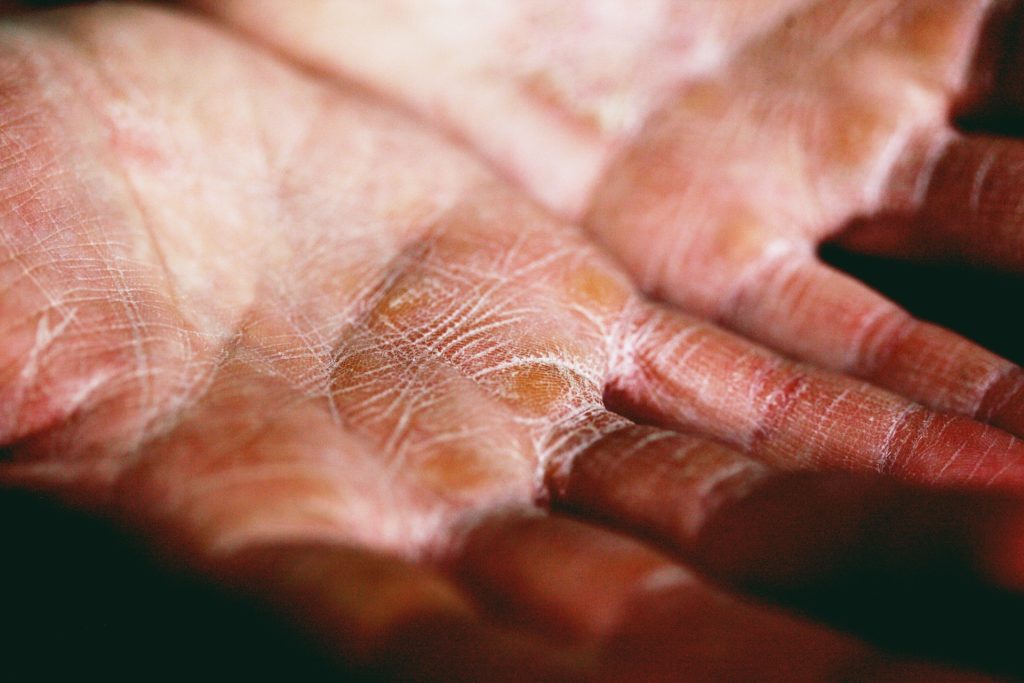
Moles and freckles are like the constellations of our skin, each one telling a unique story. While they may not be direct signs of aging, they reflect a combination of genetics, sun exposure, and other factors that make us who we are. As we age, our skin naturally changes, but it’s essential to embrace these changes and take good care of our skin by protecting it from the sun’s harmful rays.
So, the next time you look in the mirror and notice a new mole or a freckle, or if you see a few wrinkles or age spots, remember that these are part of your skin’s incredible journey through life. Celebrate your skin’s wisdom and beauty as it continues to tell your unique story, year after year.

